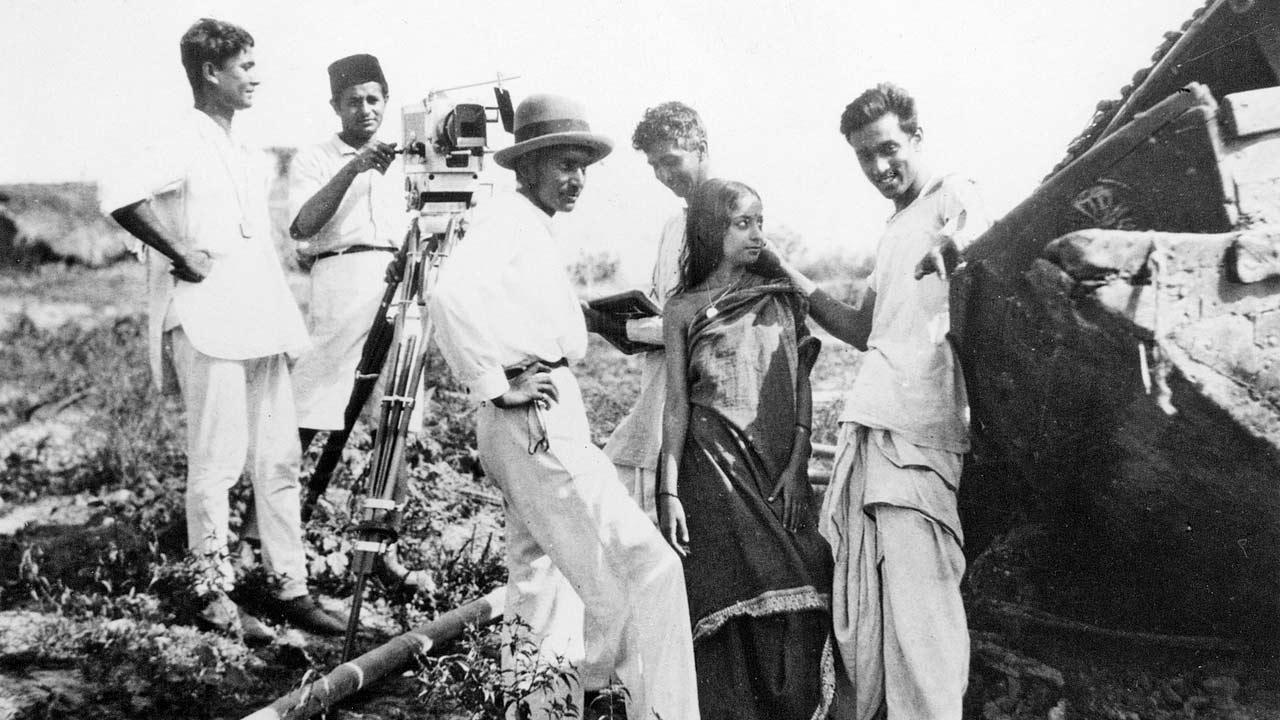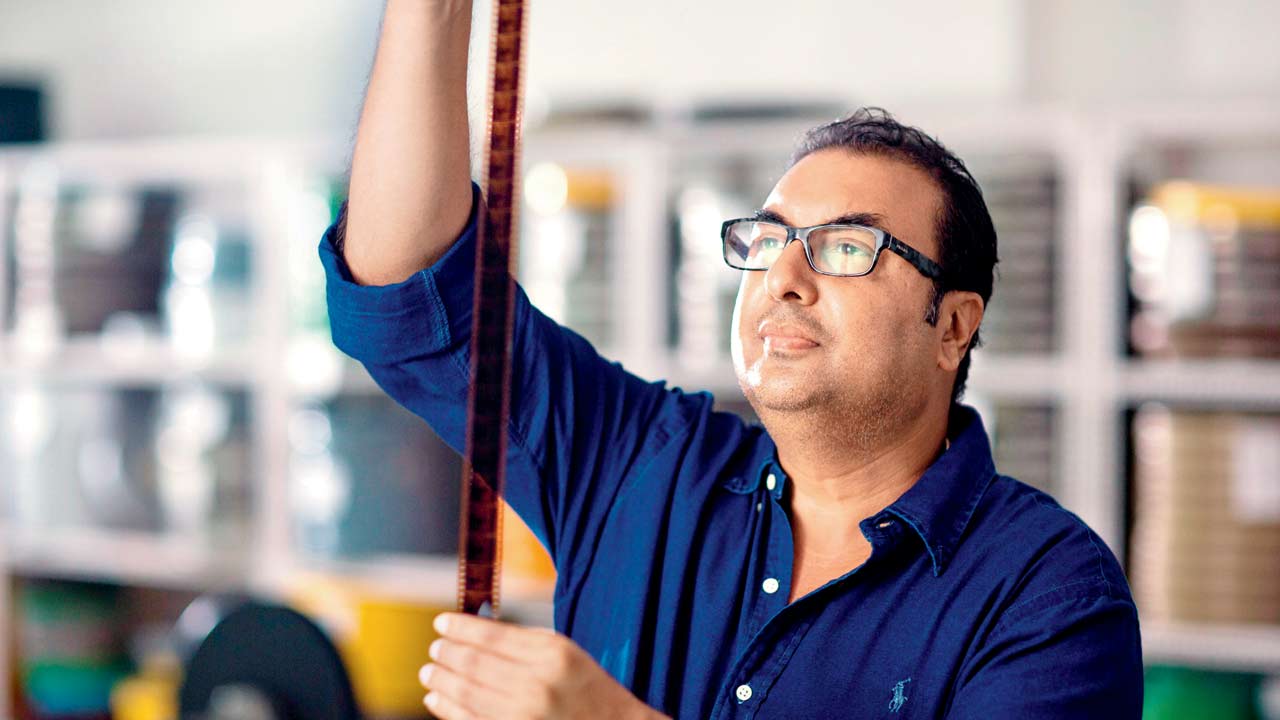In his next lecture, Shivendra Singh Dungarpur traces the evolution of Indian cinematography that shaped our perspective of cinema

(Third from left)Yusuf Mulji and (extreme right) Najmul Hussain on the sets of Kapal Kundala (1939, Hindi, Phani Majumdar) Pic Courtesy/Film Heritage Foundation
There is something inherently busy in the tone of filmmaker Shivendra Singh Dungarpur. On a Monday morning, the filmmaker is in the middle of a hectic schedule. A National Award-winning documentary filmmaker and founder-director of the Film Heritage Foundation, he is a prominent name in film conservation in India and his next lecture promises to be one for the connoisseurs of Indian cinema history.
ADVERTISEMENT
“It is an attempt to give an insight into the crucial facet of cinematography, which is essential to capturing every essence of light, expression and storytelling,” he explains. Titled The Evolution of Cinematography in Early Indian Cinema, it is an in-depth retelling of the journey of artists and auteurs who shaped the visual grammar of film in India.

Shivendra Singh Dungarpur
Describing the historical legacy of names like Dadasaheb Phalke, SN Patankar, Hiralal Sen and Baburao Painter, he says, “We will talk about evolution through films and cinematographers, and what cinematography means.” Of these, Painter, he insists, was crucial to the evolution of perspective among Indian filmmakers. After all, the famed artist-filmmaker chose to build an indigenous camera to suit his style at the studios in Kolhapur.
Organised by The Museum Society of Mumbai, the online session will finish with an emphasis on the work of ace cinematographer Subrata Mitra. A favourite of filmmaker Satyajit Ray, Mitra’s use of ‘bounce lighting’ — artificial light bounced off reflective surfaces to imitate natural light — was a high point of Indian cinematography. Dungarpur adds, “We have still not been able to match the skill level and work he left behind.”
The lecture will not philosophise achievements, but underline the craft and industry involved. The technical aspect will be outlined with clips and images. “People should have information about how thesefilms were shot, how heavy the cameras were, and how difficult it was,” he emphasises.
Flitting between lectures, his own film projects, Dungarpur still holds the project of film heritage conservation dear. “I am a filmmaker, who realised the need for conservation through my film, Celluloid Man. We are doing it because we know what the loss is.”
On April 12; 5.30 pm
Log On to @museumsocietyofmumbai
 Subscribe today by clicking the link and stay updated with the latest news!" Click here!
Subscribe today by clicking the link and stay updated with the latest news!" Click here!







